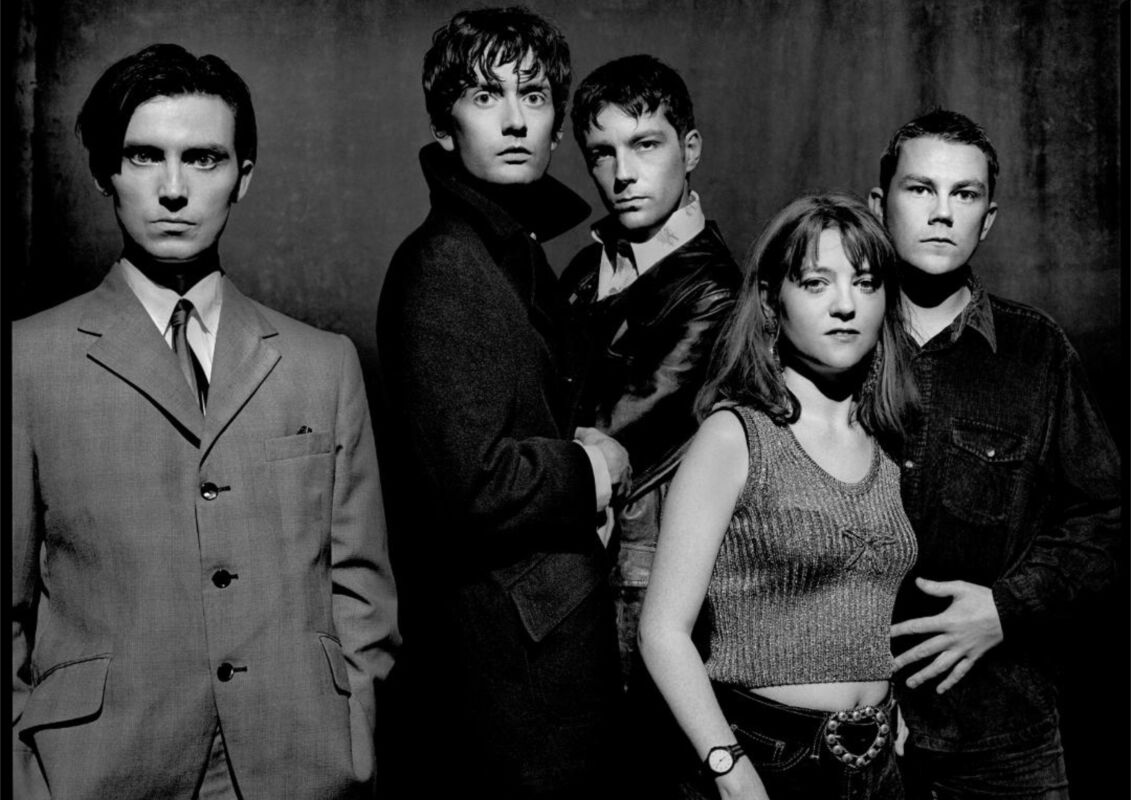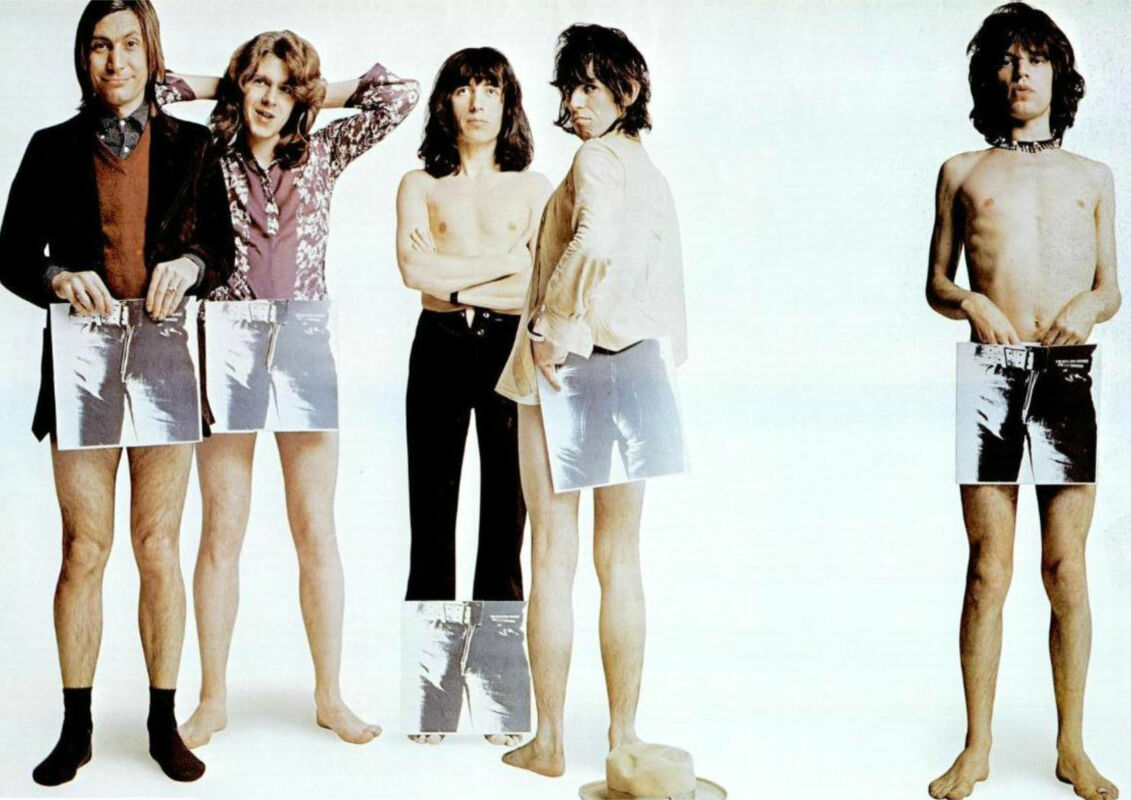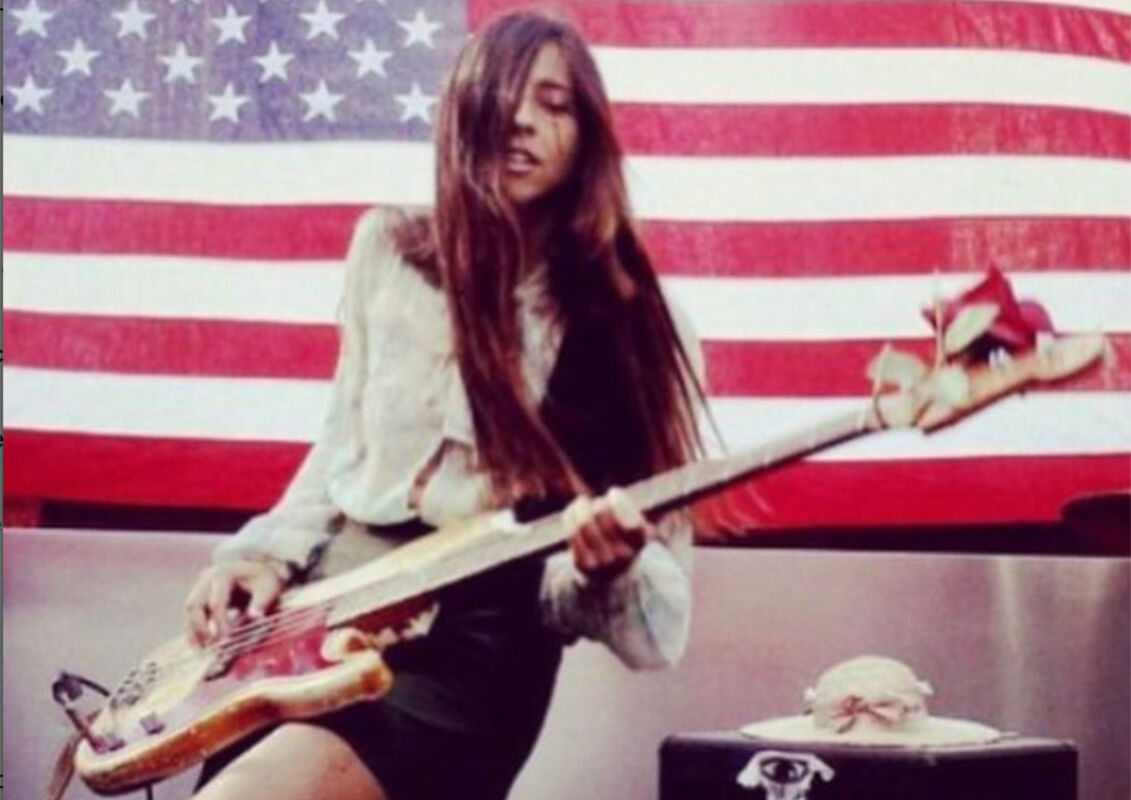
Early punk fashion was defiantly anti-materialistic and initially handmade, trying to stay true to egalitarianism’s ideology. That’s why accessories like gold necklaces or silver braces were rarely seen in the punk scene. Items that were easily found around us and were part of our everyday lives were used more as accessories in punk fashion. Especially these two: padlocks and safety pins. They have become integral parts of punk rock fashion.
The bass player of Sex Pistols, Sid Vicious, is often seen wearing a padlock necklace. Johnny Rotten, the singer, used many safety pins as important components of his outfit.
Safety pins became associated with punk (in the UK) in the late 1970s. Some claim the look was taken originally from Richard Hell, whom the British punks saw in pictures and whose style they adopted. This is disputed by a number of artists from the first wave of British punk, most notably Johnny Rotten, who insists that safety pins were originally incorporated for more practical reasons, for example, to remedy “the arse of your pants falling out”.
Vivienne Westwood and Malcolm McLaren played significant roles in punk fashion. Their boutique back then was at 430 King’s Road, London, SEX. Mainstream punk style was influenced by clothes sold in SEX. Glen Matlock and Sid Vicious, both bass guitarists of Sex Pistols, used to work at SEX.
These days, punk fashion has been commercialised, and well-established fashion designers—such as Jean Paul Gaultier, Comme des Garçons, Martin Margiela, Helmut Lang, Ann Demeulemeester, Karl Lagerfeld, Anna Sui, and several more—have used punk elements in their production. Punk has invaded Paris/Milan/London/New York Fashion Week’s catwalks. In Indonesia, the infamous clothing label Suicide Glam has pretty much the same spirit as SEX: angsty and subversive.
Back in spring 2013, The Metropolitan Museum of Art in New York held an exhibition with a specific theme: punk fashion, which examined punk’s impact on high fashion and culture in general.
Safety pins have shifted recently into a symbol of solidarity with victims of racist and xenophobic speech and violence after the 2016 Brexit referendum in the United Kingdom. Later that year, the symbol spread to the United States after Donald Trump’s election to the presidency. Some commentators and activists derided the wearing of safety pins as “slacktivism”, while others argued it was useful when connected with other, more concrete political actions.
💧 Consider checking out REST IN PUNK, VIVIENNE WESTWOOD.
⎯⎯⎯⎯⎯
Featured image via Instructables.












